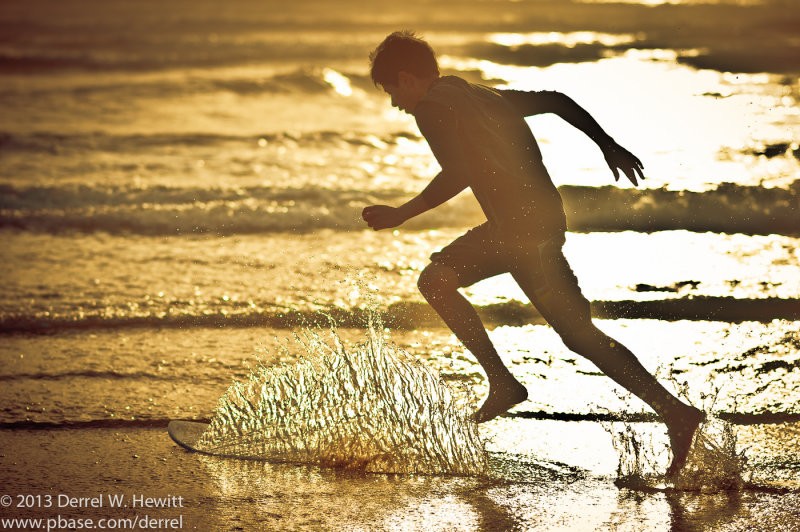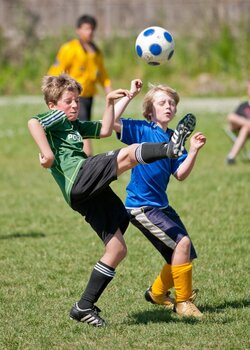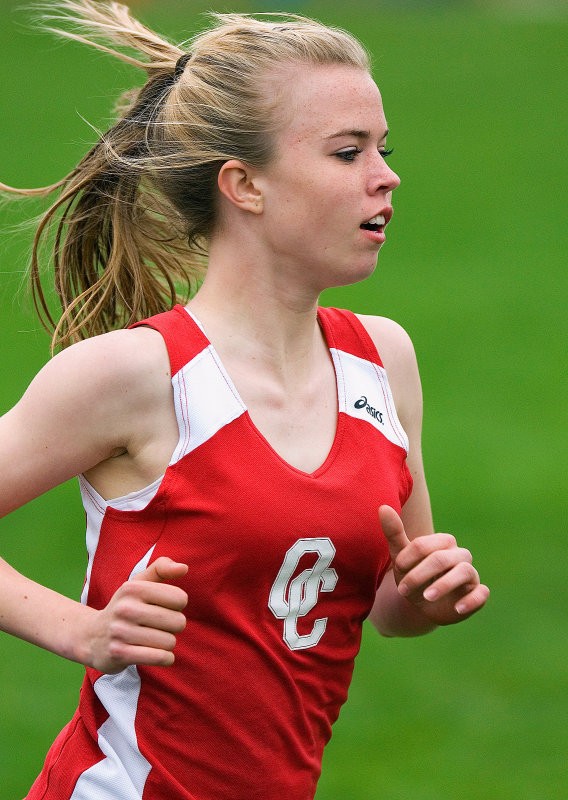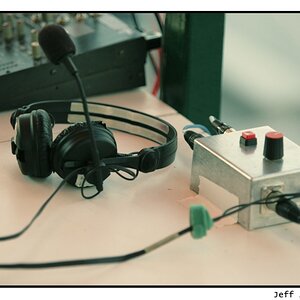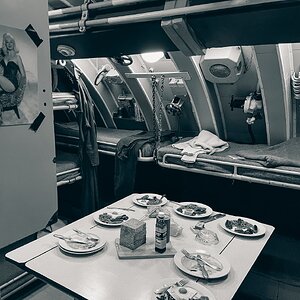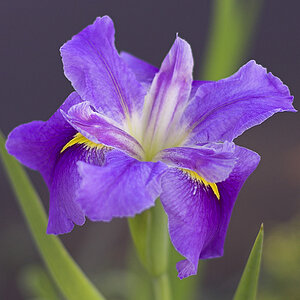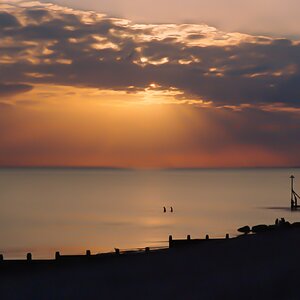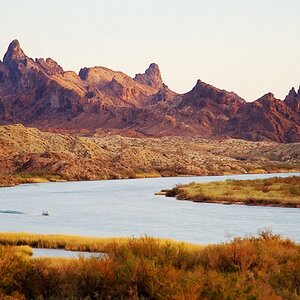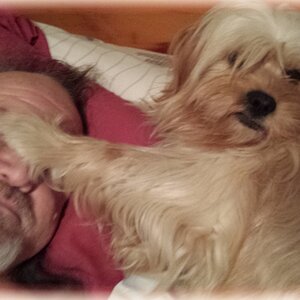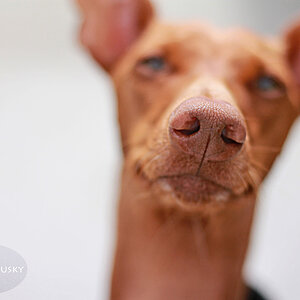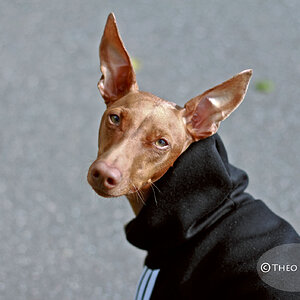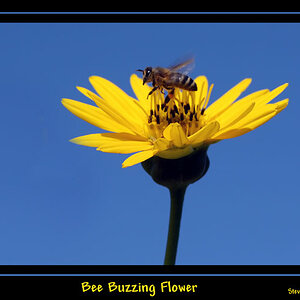globeglimpser
TPF Noob!
- Joined
- Sep 15, 2012
- Messages
- 140
- Reaction score
- 15
- Website
- www.globeglimpser.com
- Can others edit my Photos
- Photos OK to edit
I am speculating over the following models: DF, D610 (39-focus point system), D7100, D800 with my heart leaning towards the DF.
However, I wanted to know from anyone with subject-tracking experience how good the subject tracking on these cameras is? I am thinking about focusing through a burst with a moving subject.
Once you put the camera in AF-C, you have 4 options: Single Servo, Dynamic, 3d and Auto Area (I am not so interested in the first or the least)
Dynamic Focus:
From my understanding, the camera will focus using the selected point and will the refocus using whichever point the subject moves to. Additionally, based on the fact that these points cover a "wide area", is it safe to assume that they can follow the subject even if it leaves the focus cluster altogether? If so how far can it go? To the edges or perhaps to the intersections of the thirds-lines?
By the looks of things, the D7100 would track in the same fashion? Only better since those points cover a greater area...
3D Focus:
Not something I use often on my D5100...
Just curious how it works and how good it is. What is the difference between this and Dynamic Focus? Which would be used for what purpose and which is more reliable?
Conclusion
Hopefully I can get more info on these two Af-C modes on the higher end cameras. Also if I missed something vital like another mode or setting which is critical in subject tracking, please do comment below.
I apologise for all the questions but I really do want to make an informed decision. Of course I will fully test a demo model my self to confirm everything pre-purchase but until then, it would be great to hear from some users what their experience is.
However, I wanted to know from anyone with subject-tracking experience how good the subject tracking on these cameras is? I am thinking about focusing through a burst with a moving subject.
Once you put the camera in AF-C, you have 4 options: Single Servo, Dynamic, 3d and Auto Area (I am not so interested in the first or the least)
Dynamic Focus:
Nikon on the D610: Suitable for a moving subject. The camera will focus based on information from surrounding focus points if the subject briefly leaves the selected point. Dynamic-area AF allows you to choose from 9, 21 or 39 points. In each mode, the selected AF point and the surrounding points cover a wide area to keep your subject in sharp focus, combining with AF-C (continuous-servo AF) of autofocus mode.
From my understanding, the camera will focus using the selected point and will the refocus using whichever point the subject moves to. Additionally, based on the fact that these points cover a "wide area", is it safe to assume that they can follow the subject even if it leaves the focus cluster altogether? If so how far can it go? To the edges or perhaps to the intersections of the thirds-lines?
Nikon on the D7100: Suitable for capturing moving subjects. Select one of 51 points as a priority focus point. If the subject briefly leaves this selected point, the camera will focus based on information from the supporting points surrounding it. The number of points employed in focusing can be selected from 9, 21 or 51, depending on the situation, such as movement of the subject and predictability of the movement. For all these options, the camera uses the selected and surrounding points to recognize the subject as an area, and continues focusing on the moving subject accurately in combination with continuous-servo autofocus (AF-C) of lens servo.
By the looks of things, the D7100 would track in the same fashion? Only better since those points cover a greater area...
3D Focus:
Not something I use often on my D5100...
Just curious how it works and how good it is. What is the difference between this and Dynamic Focus? Which would be used for what purpose and which is more reliable?
Conclusion
Hopefully I can get more info on these two Af-C modes on the higher end cameras. Also if I missed something vital like another mode or setting which is critical in subject tracking, please do comment below.
I apologise for all the questions but I really do want to make an informed decision. Of course I will fully test a demo model my self to confirm everything pre-purchase but until then, it would be great to hear from some users what their experience is.


